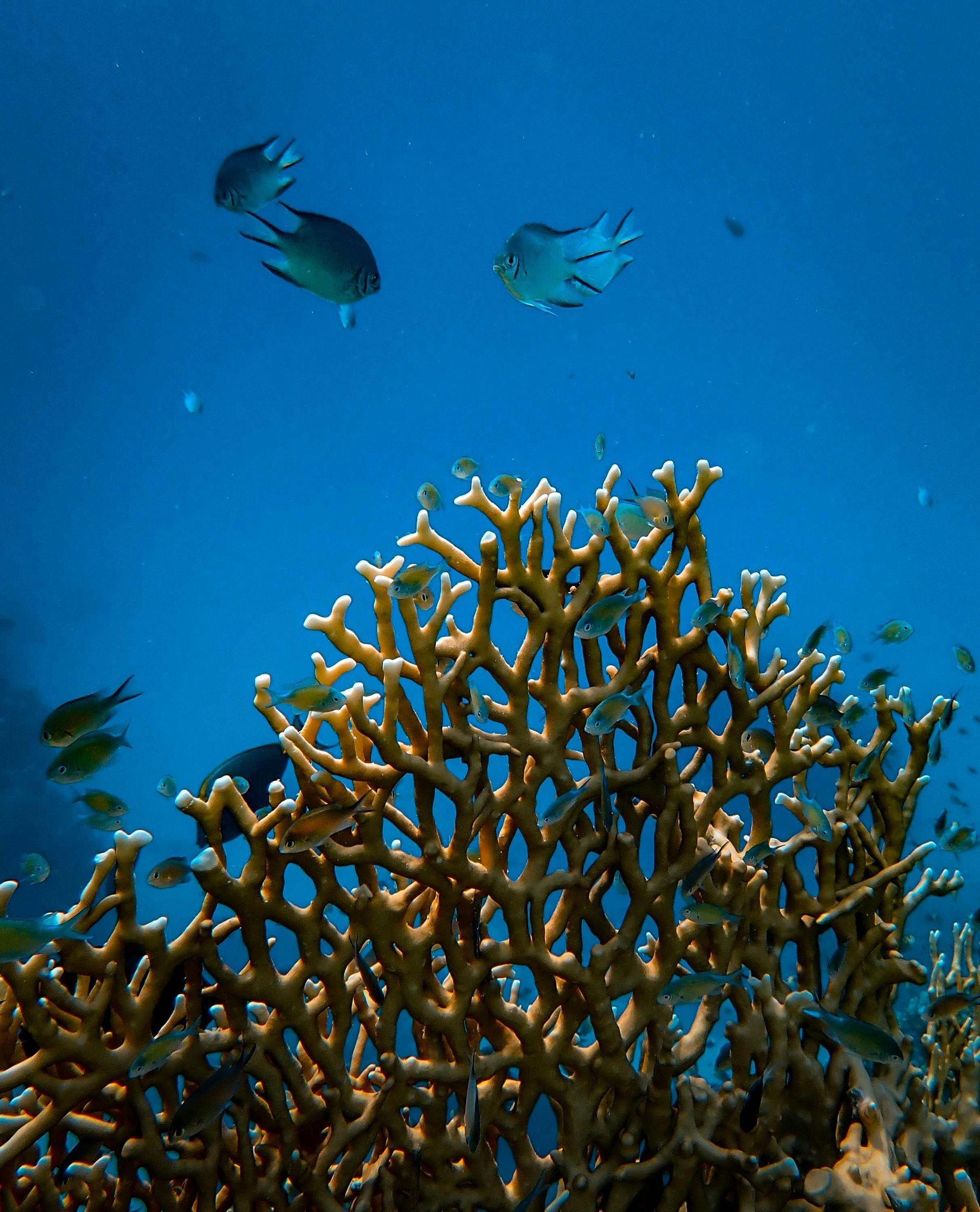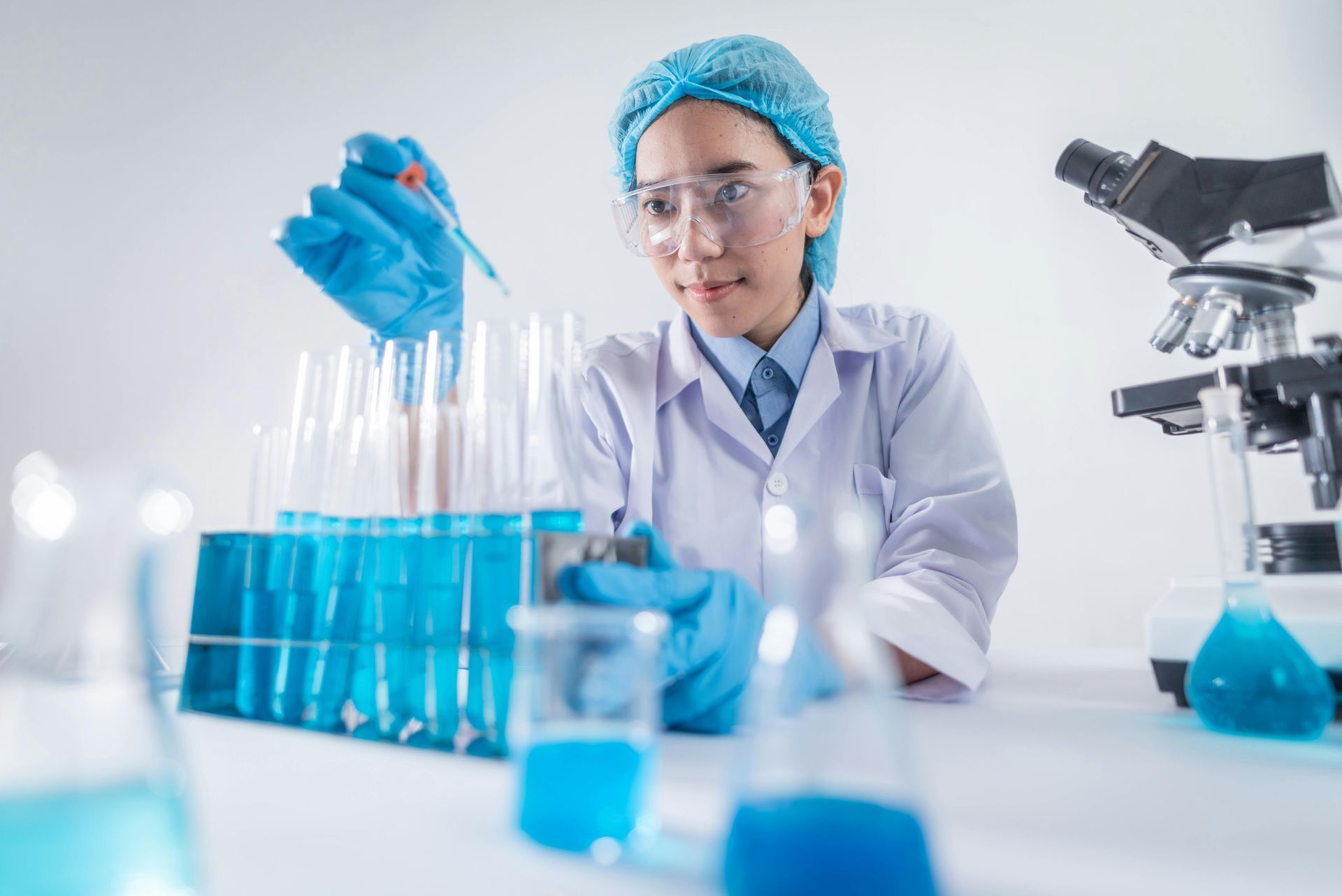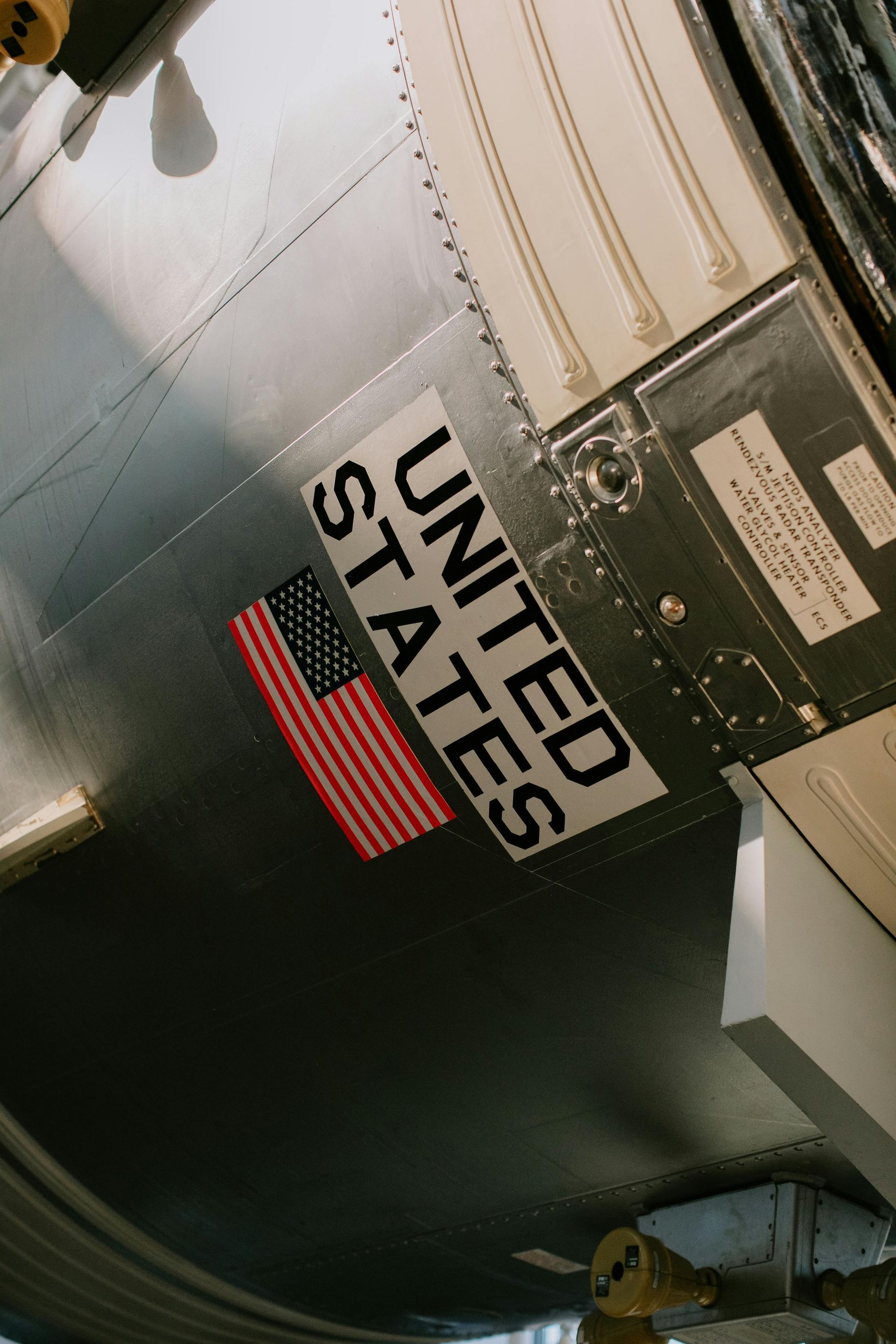Researchers Discover Thousands of Nanoplastic Bits in Bottles of Drinking Water.
By U.S. Gov Connect | Patrick Tennant
01/09/2024
In a startling new discovery, researchers have found thousands of nanoplastic bits in bottles of drinking water. The study conducted by scientists at the University of Victoria in Canada analyzed samples from various brands of bottled water and uncovered a significant contamination of these minuscule plastic particles.
A Video Researchers Discover Thousands of Nanoplastic Bits in Bottles of Drinking Water.
-
Researchers Discover Thousands of Nanoplastic Bits in Bottles of Drinking Water
Nanoplastics, defined as plastic particles less than 1 micrometer in size, have emerged as a major environmental concern in recent years. Often overlooked due to their small size, these particles pose a potential threat to human health and the environment. This latest study highlights the extensive presence of nanoplastics in one of the most common consumer products: bottled water.
The research team used cutting-edge techniques to identify and quantify the nanoplastics present in the water samples. They discovered an average of 325 nanoplastic particles per liter of water tested. This alarming number raises concerns about the potential long-term effects on human health.
But how do these nanoplastic particles end up in our water? The answer lies in the widespread pollution of our environment by plastic waste. As larger plastic items degrade or break down in the environment, they transform into smaller pieces, including nanoplastics. These particles can enter water sources through various routes, such as runoff from land or the breakdown of plastic waste in oceans and rivers.
Once in the water, nanoplastics can be consumed by marine life and subsequently find their way into the human food chain. The study's findings suggest that the contamination extends to bottled water, which is often marketed as a safer alternative to tap water. This raises serious questions about the safety and quality of our bottled water supply.
While the full extent of the health risks associated with nanoplastic consumption is yet to be determined, studies have shown that these particles can accumulate in vital organs and tissues. Moreover, they are small enough to cross biological barriers, potentially leading to systemic effects. Further research is needed to understand the potential negative impacts of nanoplastics on human health.
This discovery also underscores the urgency of addressing our plastic waste problem. Efforts to reduce plastic pollution, promote recycling, and develop more sustainable packaging solutions are crucial in mitigating the release of nanoplastics into the environment.
Consumers can also take steps to minimize their contribution to the problem. Opting for tap water over bottled water can help reduce plastic waste and the associated nanoplastic contamination. Investing in reusable water bottles and filters can provide a more sustainable and healthier alternative.
Ultimately, the discovery of nanoplastics in bottled water serves as a wake-up call to the pressing need for greater plastic waste management and regulation. As individuals, communities, and nations, we must collectively take action to preserve our environment and safeguard our health.
U.S. Gov Connect For Articles And Videos.
Please Update From Articles and Videos By Date.
Ecosystems By U.S. Gov Connect For Articles And Videos.
 Learn More
Learn MoreEcosystems provide essential services such as regulating air and water quality, pollination, and carbon sequestration. They include forests, wetlands, oceans, and grasslands that support an array of plant and animal species. These diverse ecosystems are not only beautiful and rich in biodiversity, but they also contribute significantly to the country's economy through tourism, agriculture, and other industries.
Finance By U.S. Gov Connect For Articles And Videos.
 Learn More
Learn MoreThe finance and investments sector in the United States is a critical component of the country's economy. As one of the largest and most developed financial markets in the world, the United States offers a wide range of opportunities for individuals and businesses to grow their wealth and invest their money wisely.
Legal By U.S. Gov Connect For Articles And Videos.
 Learn More
Learn MoreThe legal system in the United States is based on the principle of federalism, which means that power is divided between the federal government and individual state governments. This division of power is outlined in the Constitution, which is the founding document of the United States. The Constitution establishes a system of checks and balances, ensuring that no one branch of government becomes too powerful.
Health By U.S. Gov Connect For Articles And Videos.
 Learn More
Learn MoreIn the modern world, technology has revolutionized many industries, and the healthcare sector is no exception. One of the most exciting developments in healthcare is the use of Artificial Intelligence (AI) in providing health services. AI has the potential to transform the way healthcare is delivered and improve patient outcomes.
Science And Technology By U.S. Gov Connect For Articles And Videos.
 Learn More
Learn MoreScience and technology are two closely intertwined fields that have revolutionized the world we live in today. They have brought about countless advancements and innovations that have improved our quality of life and made the impossible, possible. From advancements in medicine to the development of advanced electronic devices, science and technology play a vital role in shaping our society.
Entitlements By U.S. Gov Connect For Articles And Videos.
 Learn More
Learn MoreThe United States offers a variety of programs aimed at providing support and assistance to its citizens. These entitlement programs, as they are often referred to, play a crucial role in ensuring the well-being and welfare of individuals and families throughout the nation. Let's explore some of these programs and their significance.
Harnessing the Potential of Government Artificial Intelligence.
 Learn More
Learn MoreArtificial Intelligence (AI) has become one of the most transformative technologies of our time, with the potential to revolutionize industries across the board. From healthcare to finance, education to marketing, AI is already making a significant impact on how businesses operate and how society functions.
Travel Of U.S.. Gov Connect
 Learn More
Learn MoreTraveling can be an exciting and enriching experience, but it also requires careful planning and organization, especially when it comes to essential travel documents. Without the proper paperwork, you may encounter obstacles or even be denied entry to your destination country.
U.S. Gov Connect Of Legal, Health, Finances And Ecosystems By Videos.


